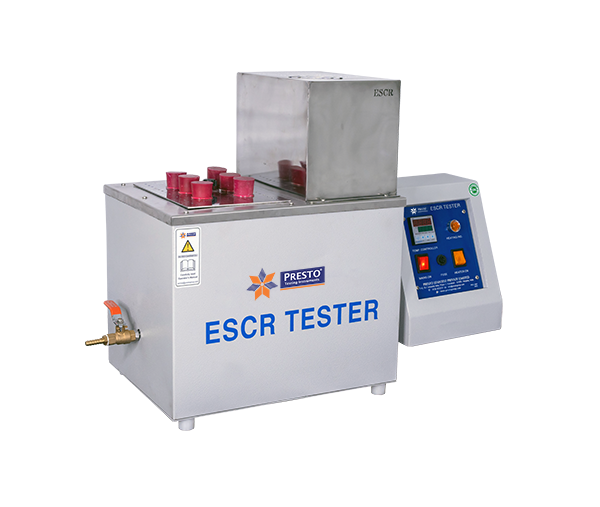Understanding Environmental Stress Cracking Resistance
In the dynamic realm of materials science, one term that stands out prominently is "environmental stress cracking resistance." Let's delve into this critical aspect and unravel its significance in ensuring the longevity and durability of various materials.
The Essence of Environmental Stress Cracking Resistance
Environmental stress cracking resistance, often abbreviated as ESCR, is a fundamental property that measures a material's ability to resist cracking when exposed to harsh environmental conditions. This includes factors such as chemicals, temperature fluctuations, and other external stressors. The ability of a material to withstand these challenges is crucial for its overall performance and reliability.
Why ESCR Matters
Enhancing Longevity and Durability
Materials subjected to environmental stress cracking without adequate resistance can experience premature failure. ESCR becomes paramount in applications where longevity and durability are non-negotiable, such as in industrial components, pipelines, and automotive parts.
Wide-Ranging Applications
From everyday items to high-performance machinery, environmental stress cracking resistance plays a pivotal role. Plastics, for instance, need robust ESCR to maintain their structural integrity in diverse environments, ensuring they can endure the demands of real-world usage.
Strategies for Improving Environmental Stress Cracking Resistance
Incorporating Advanced Formulations
Manufacturers employ innovative formulations to enhance a material's environmental stress cracking resistance. This often involves the integration of additives and modifiers that fortify the material against the detrimental effects of external stressors.
Continuous Research and Development
The field of materials science is ever-evolving, with researchers consistently exploring new avenues to improve ESCR. This commitment to innovation ensures that materials can adapt to emerging challenges, meeting the demands of an ever-changing world.
Automotive Advancements : In the automotive industry, where materials face a myriad of challenges, breakthroughs in ESCR have led to more resilient and long-lasting components. From fuel systems to interior components, the focus on environmental stress cracking resistance has revolutionised material performance.
Pipeline Integrity : The energy sector relies heavily on materials with exceptional ESCR for pipeline construction. This focus ensures that pipelines can withstand the corrosive effects of the environment, minimising the risk of leaks and ensuring a secure and efficient energy transport infrastructure.
Conclusion
In the intricate tapestry of materials science, the thread of environmental stress cracking resistance weaves a story of resilience and durability. Understanding the importance of ESCR allows us to appreciate the meticulous efforts invested in creating materials that can withstand the test of time and environmental challenges. As we continue to push the boundaries of innovation, the quest for improved environmental stress cracking resistance remains at the forefront, shaping the future of materials that define our modern world.





Comments